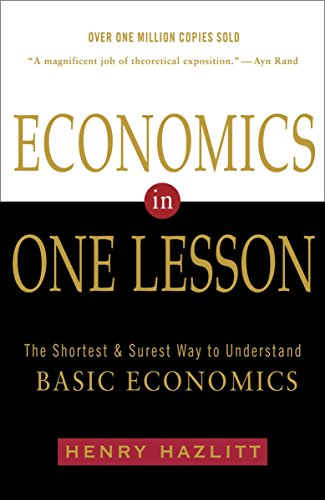I’m not talking about the World Cup here, but Russia’s challenge, along with six other countries, to Trump’s steel and aluminum tariffs. The Russians will be discussing those tariffs with the Trump administration, the first step in challenging them before the World Trade Organization. Those tariffs are bad for Americans because they raise the prices of steel and aluminum, which makes products made of steel and aluminum more expensive for American consumers.
Tariffs impose harm on both the importing and exporting country, but most of the harm falls on the country that imposes the tariffs. An elementary principle of economics is that there are gains from trade, and it follows from this that anything that impedes trade–such as tariffs–reduces those gains, both to buyers and to sellers.
The harm falls most on the country imposing the tariffs because consumers in that country pay the higher prices for imported goods, or in this case, domestically manufactured goods made from steel and aluminum.
Supporters of Trump’s tariffs make several arguments in favor of them. One is that we continue importing more than we are exporting, creating an on-going trade deficit. This means we are consuming more than we are producing. Why is this bad?
 Economics in One Lesso...
Best Price: $2.43
Buy New $7.43
(as of 12:35 UTC - Details)
One argument about why this is bad is that it cannot go on forever, but the argument is wrong. What happens with the money we send overseas to buy foreign goods? Much of it comes back as investment in the United States. When foreign companies open facilities in the United States, as many do, where do they get the dollars to invest? Right! From our trade deficits.
Economics in One Lesso...
Best Price: $2.43
Buy New $7.43
(as of 12:35 UTC - Details)
One argument about why this is bad is that it cannot go on forever, but the argument is wrong. What happens with the money we send overseas to buy foreign goods? Much of it comes back as investment in the United States. When foreign companies open facilities in the United States, as many do, where do they get the dollars to invest? Right! From our trade deficits.
This foreign investment is good for the American economy. It adds investment that would not have been here before and takes nothing away from Americans. By increasing investment in the United States, it makes the US economy more productive and raises the wages of American workers.
It is also worth mentioning that many of those dollars never come back to the United States. The dollar is used worldwide, and many of those dollars Americans spend on imports remain in circulation outside the United States because foreigners use them as currency.





